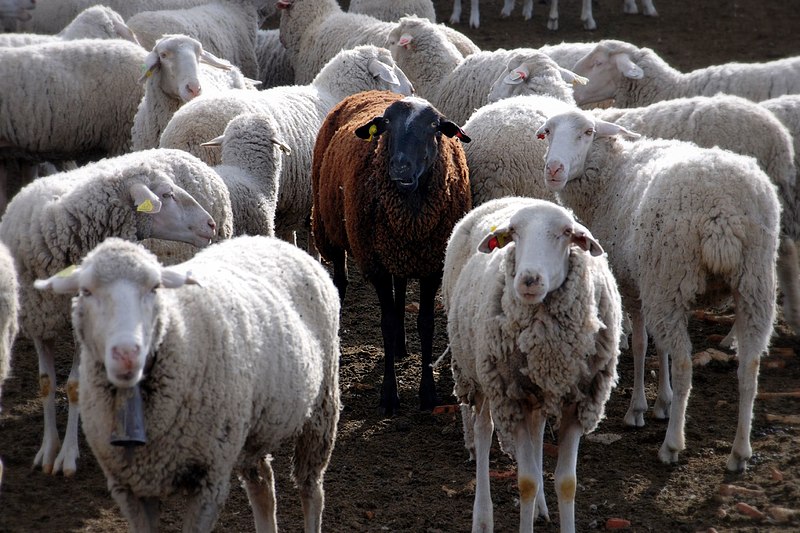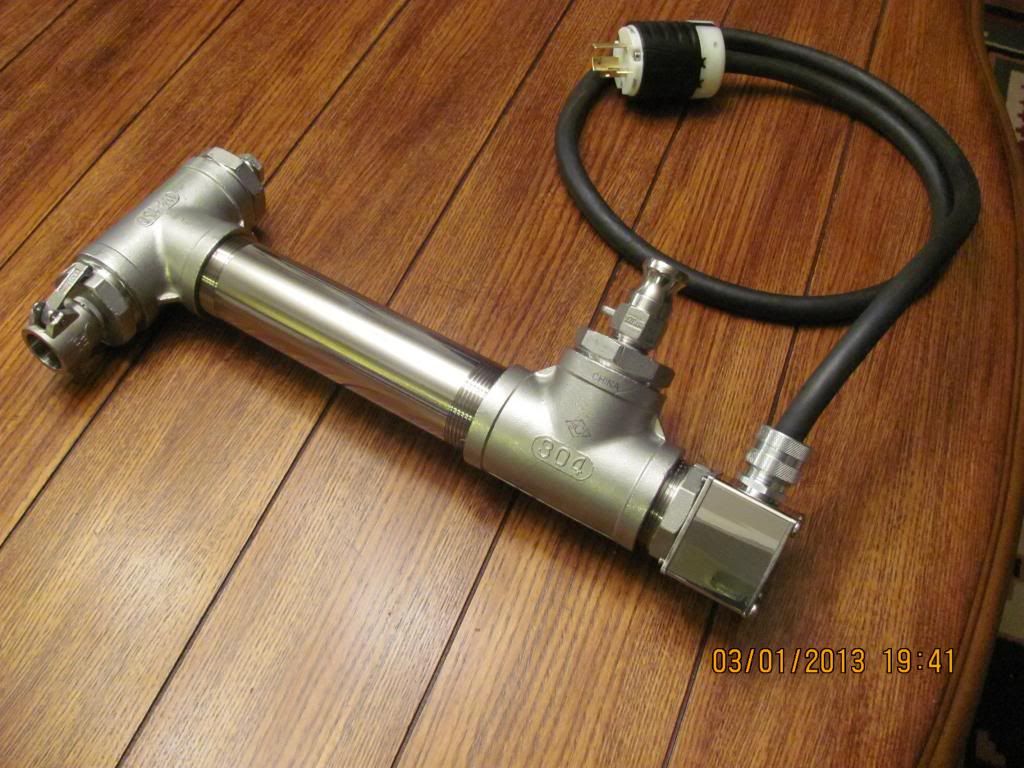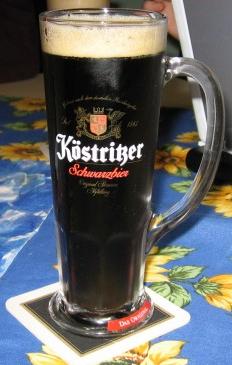
By far, the biggest question/response I get from people as soon as I tell them I brew beer is... "So can you brew a Bud Light?" This is asked normally by people who think if it "ain't" Budweiser, Miller, Coors or similar then it "ain't" beer! Or that it's somehow anti-american not to drink/serve the beers listed above. Don't get me wrong - these companies are highly successful and are able to brew a consistent product very well. The beers they produce are good in their own right. However, these beers are highly manufactured, mass produced and are brewed with mostly profit in mind. That said, this style is the hardest to brew at home. It's like wearing an all-white outfit to a BBQ feast; chances are very high that your outfit will not stay all-white for long. While it is popular among the home-brew/'beer snob' community to mock the seeming absence of flavor in these beers, it is actually quite difficult to successfully and consistently brew them. If you're unlucky enough to end up with a defect in the final product there is very little to hide behind.

So no... I haven't really brewed a bud light nor am I interested in brewing one. Typically the only reason that home-brewers even attempt to brew this style is to get their stubborn palette, BMC drinking friends to drink their home-brew.
I'm brewing an American lager style in more of a traditional way without the rice or corn. Budweiser, Miller and Coors are all American lagers but are brewed with up to 40% rice or corn in addition to barley and hops. This helps with two things... it lightens the malt flavor and cuts the price of brewing because rice and corn are cheaper than malted barley. My first attempt at this recipe was fairly successful as stated by other "BMC" drinking individuals who tried it and I actually liked it myself. So I modified the recipe for a little more body and head retention thinking I'd try to improve it even more.
Brew Day
So brew day started out well. This was my first time to use my new burner.
 |
| New burner and brew day prep. |
Unfortunately brew day took a turn for the worst. Turns out that my new burner had a lot more output than I thought. The flames from the burner licked up the sides of the kettle and before I knew it had cracked and melted the sight-glass.
 |
| Melted and broken sightglass from kettle |
I had 7.5-8 gals of boiling hot wort spraying out of my sight-glass while attempting to move the kettle and transfer the liquid into another spare kettle. Ended up with a couple of burnt fingers and toes. As a result this brew day was not very well documented. Although, I did end up breaking my own brew day speed record with a total of 5 hours start to finish including clean up. The new burner despite the melted sightglass cuts a little less than an hour off my brew day.
Ended up at 1.039 at 5.5 gals. Did pitch yeast at 83*F though, but performed a D-reset before reaching finial gravity of 1.004.
New Equipment Modifications
 |
| Upgrade from 10 to 15 gal Kettle and added Sight-Glass and Ball Valve. |
 |
Modified new burner with a heat shield to block flame/heat from reaching ball valve or sight-glass
|


 Since Conway doesn't provide enough detail in their water report for brewers, I felt more in control by starting with RO water. However, with some testing I have determined that Conway water is low in alkalinity (26ppm as CaCO3). This makes sense because in order to brew a good brown ale for example you need higher alkalinity (50-150ppm) in the water in order buffer the mash and not allow the pH drop too low.
Since Conway doesn't provide enough detail in their water report for brewers, I felt more in control by starting with RO water. However, with some testing I have determined that Conway water is low in alkalinity (26ppm as CaCO3). This makes sense because in order to brew a good brown ale for example you need higher alkalinity (50-150ppm) in the water in order buffer the mash and not allow the pH drop too low. 





































